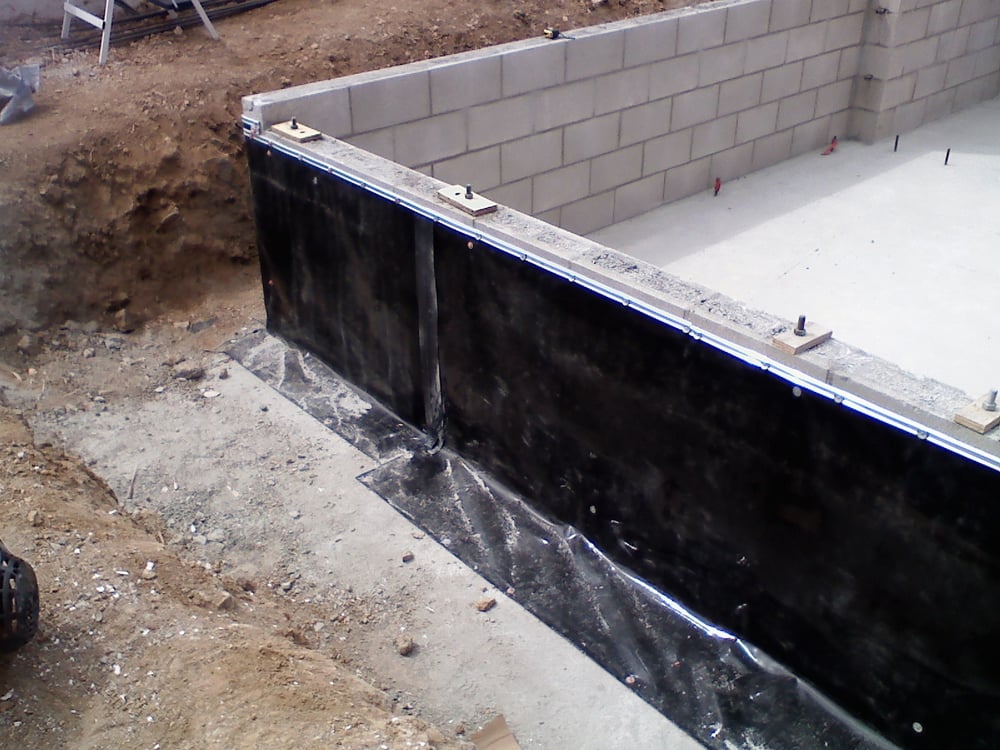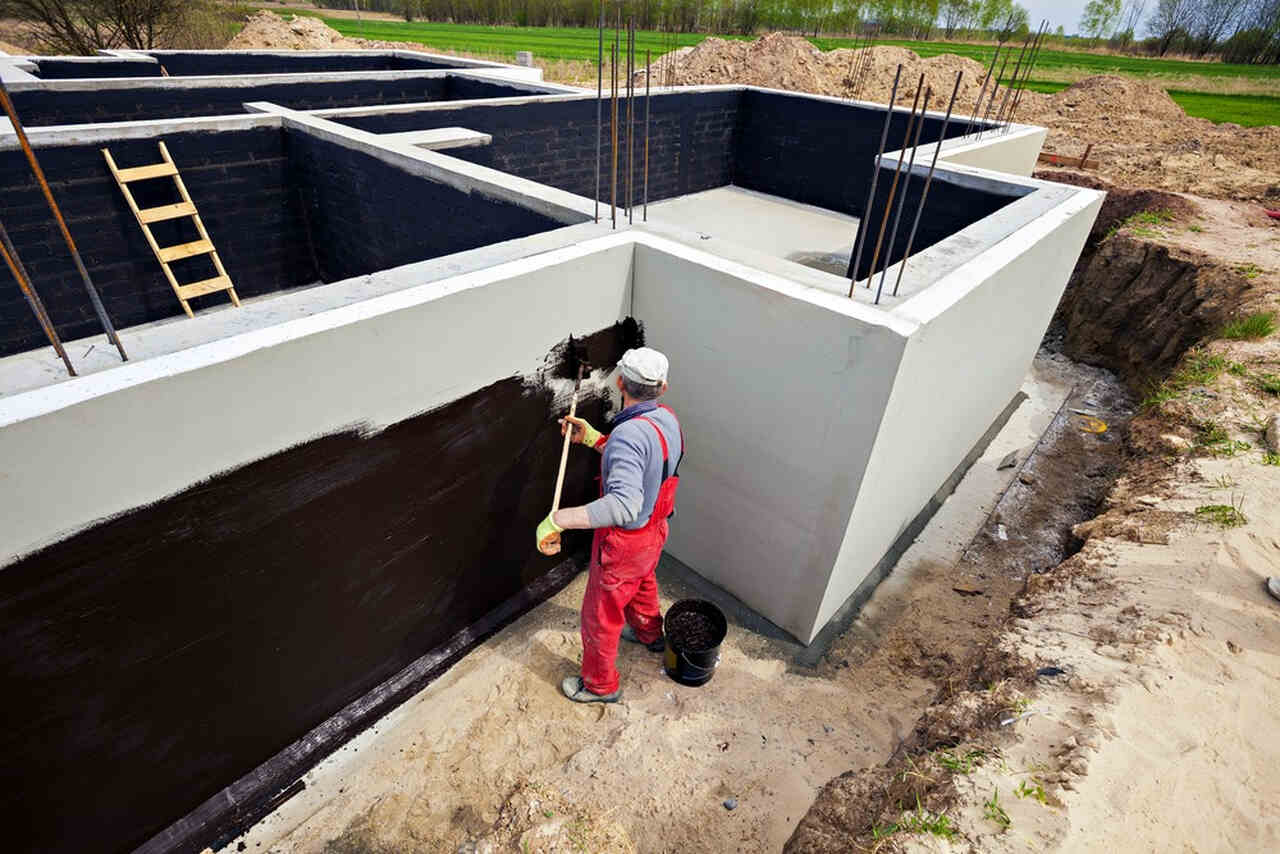Kinds of Waterproofing: Discovering the Various Methods and Their Applications
Waterproofing is an important facet of building and maintenance. It shields structures from the damaging results of water damage. There are a number of techniques available, each with its special applications and benefits. From membrane systems to cementitious options, comprehending these choices is important for effective implementation. The choice of waterproofing method can considerably affect resilience and long life. Exploring these numerous strategies exposes their distinctive benefits and potential obstacles, motivating more consideration of perfect options.
Membrane Layer Waterproofing Equipments
Membrane waterproofing systems work as an important barrier against water intrusion in various structures. These systems normally include thin sheets made from products like rubber, thermoplastic, or bitumen, which are used to surfaces to stop wetness penetration. They can be installed above or below grade and are specifically reliable in areas susceptible to high water exposure, such as basements, roofing systems, and foundations.The installation procedure entails cleansing the substrate, applying adhesives or guides, and precisely fitting the membrane layer to guarantee complete protection. Membrane systems can be either fully adhered, mechanically affixed, or laid loose, relying on the particular needs of the job. They provide longevity and versatility, suiting architectural activities without compromising their waterproofing capacities. These systems can be strengthened with added layers for enhanced security. Inevitably, membrane layer waterproofing systems are necessary for protecting structures against water damages and maintaining lasting honesty.
Liquid-Applied Waterproofing Coatings
Liquid-applied waterproofing coverings provide a functional option for safeguarding surfaces from water seepage - Sump pump installation & replacement Omaha. These finishings consist of liquid materials that, when used, develop a smooth, flexible membrane. Their flexibility enables for application on different substrates, consisting of concrete, metal, and timber. The finishings can be utilized in varied environments, from property to industrial setups, making them appropriate for roof coverings, foundations, and below-grade structures.One significant benefit of liquid-applied layers is their ability to comply with irregular forms and permeate cracks, developing a robust obstacle versus dampness. They typically display outstanding adhesion buildings and resistance to UV radiation, ensuring longevity and longevity. In addition, the application process is usually uncomplicated, permitting fast setup and lowered labor expenses. This method also minimizes the threat of water pooling, as the continual layer efficiently directs water far from prone areas. In general, liquid-applied waterproofing finishes are an efficient choice for thorough water security
Cementitious Waterproofing Solutions

Cementitious waterproofing services offer a robust alternative for structures calling for trustworthy wetness security. These systems primarily utilize a blend of cement, sand, and chemical additives to create a water resistant barrier. They are typically put on surface areas such as concrete walls, structures, and floors, giving a resilient, lasting defense versus water intrusion.One of look at here now the vital advantages of cementitious waterproofing is its simplicity of application; it can be used utilizing a brush, roller, or spray, making it ideal for numerous job sizes. In addition, this technique is suitable with many surface areas and can frequently be made use of together with various other waterproofing techniques.Cementitious remedies are specifically reliable in environments where water exposure is a problem, such as cellars or below-grade frameworks. Their superb attachment homes assure that they bond well with substrates, supplying a solid and nonporous layer versus moisture penetration.
Bentonite Waterproofing
Bentonite waterproofing is a highly effective technique that makes use of sodium bentonite clay to develop an all-natural barrier versus water. This strategy exploits the distinct properties of bentonite, which increases upon contact with water, securing any prospective leaks and avoiding wetness infiltration. It is commonly utilized in different applications, consisting of structure walls, passages, and maintaining walls, where water resistance is essential.Bentonite can be applied in numerous forms, such as panels or coverings, offering versatility in installment. Its ability to self-seal makes it an eye-catching choice for locations subject to changing soil or rising and falling water levels. Furthermore, bentonite waterproofing is environmentally pleasant, as it is an all-natural material that does not present hazardous chemicals right into the surroundings.
Drain and Exterior Waterproofing Systems
Efficient waterproofing often includes a mix of strategies, including drain and exterior systems. Water drainage systems, such as French drains and sump pumps, are created to reroute water away from structures, minimizing hydrostatic stress versus foundations. These systems are vital in protecting against water accumulation that can result in architectural damages and mold and mildew growth.External waterproofing, on the various other hand, entails applying safety obstacles to the structure's outside. Techniques such as the installation of water resistant membranes, layers, or sealers can help prevent water infiltration. This technique not only safeguards the structure however likewise look here improves the general longevity of the structure.Together, drainage and external waterproofing systems form cementitious waterproofing swimming pool an extensive option to handle water successfully. By carrying out these strategies, homeowner can protect their investments against the destructive results of dampness, making certain long-lasting stability and safety for their structures.
Often Asked Questions
Exactly how Do I Pick the Right Waterproofing Technique for My Task?
Choosing the ideal waterproofing method depends upon factors such as job kind, environmental conditions, spending plan, and desired durability. Evaluating these elements permits for informed decisions customized to specific requirements and demands.

Can Waterproofing Be Applied in Cold Climate Conditions?
Waterproofing can be used in winter conditions, yet it requires specific products and techniques. Cold temperature levels may influence curing times and attachment, requiring mindful selection of items designed for low-temperature application.
What Are the Typical Indications of Waterproofing Failure?
Common indicators of waterproofing failure include noticeable water discolorations, peeling paint, moist odors, mold development, and cracks in walls or foundations. Sump pump discharge drainage Omaha. These indications suggest that moisture is permeating the obstacle, endangering its performance
How Long Does Waterproofing Last Before Needing Maintenance?
The durability of waterproofing differs, typically lasting between 5 to 10 years. Elements such as material high quality, environmental conditions, and maintenance methods influence its toughness, demanding routine examinations to assure reliable defense versus water breach.
Exist Eco-Friendly Waterproofing Options Available?
The inquiry of eco-friendly waterproofing options reveals a growing interest in lasting products (Yard drainage Omaha). Different natural compounds, such as plant-based sealants and recycled products, supply reliable remedies while decreasing environmental effect, appealing to environmentally conscious customers